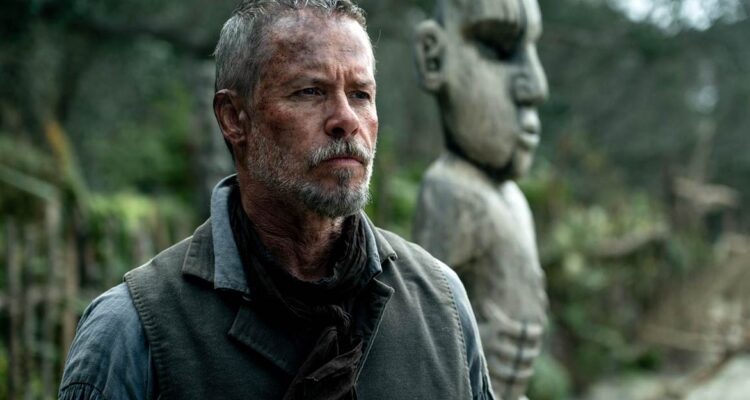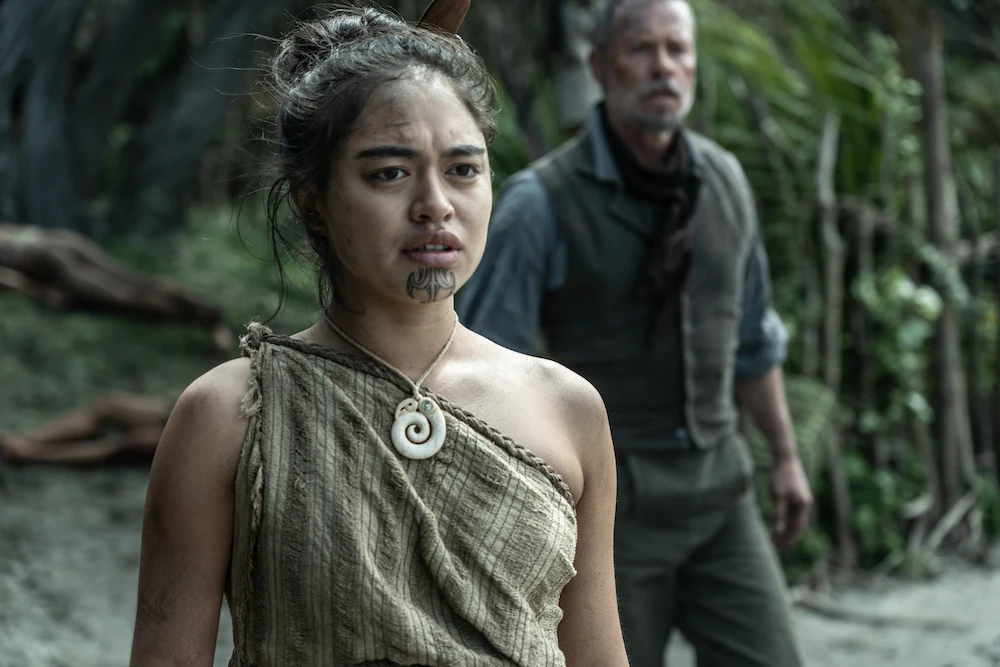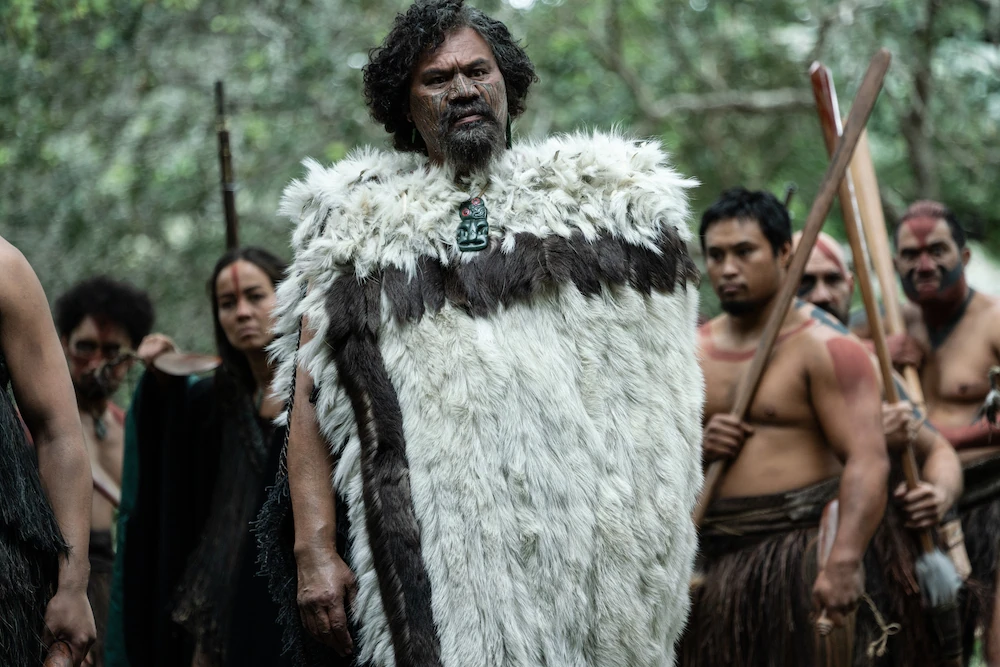This film tells the history of a lay preacher in a British settlement in New Zealand who becomes involved in a war between two warring Maori tribes in the 1830s.
THE CONVERT. Starring: Guy Pearce, Tioreore Ngatai-Melbourne, Antonio Te Maioha, Jacqueline McKenzie, and Lawrence Makoare. Directed by Lee Tamahori. Rating MA15+. Restricted. (Strong Violence). 119 min.
Review by Peter Sheehan, Jesuit Media Australia
The film depicts a British lay preacher, Thomas Munro (Guy Pearce), who arrives at a small settlement in NZ called Epworth that New Zealanders have occupied. Colonial oppression is evident at Epworth, and battles break out between warring Maori tribes. Munro himself has a violent past and his faith as a preacher is put to the test as he becomes caught in the crossfire between two tribes. Scripting for the film is by New Zealander, Lee Tamahori, and Shane Danielson, and the film is jointly produced with Māori cultural consultation. Filming took place in the Northern regions of New Zealand, and direction of the film is by Māori Director, Lee Tamahori.

Munro is impacted by the political struggles of the two tribes, and he faces the challenge of navigating the complex dynamics of the communities he knows he must also serve as a Christian minister. He saves the life of a Maori woman, Rangimai (Tioreore Ngatai-Melbourne), and they share the desire to seek peace in the region. Tensions escalate as they battle with opposing cultural forces. After personally having taking part in the past slaughter of innocent tribe members, Munro reasons with both sides to try to find peace. He experiences at first hand the contempt that British colonists felt toward the native people, and Rangimai rages at the violence she sees her people facing: she sees members of her tribe as refugees in their own country, and colonial history for her is written in murder and avarice – the Chiefs of the warring tribes buy muskets from white traders, weapons are sold to the highest bidder, conflicts abound, and tribal Chiefs are at war with each other. The introduction of firearms has made Maori warfare deadly.


Visually, the film is highly impressive as the richness of Maori culture is put on glorious display, and the film pays just and fitting respect for the rituals and practices of Maori culture. War scenes are strongly violent, but genuine peace emerges. Stunning photography cements the impact of the culture that the film brilliantly captures. The acting by Tioreore Ngatai-Melbourne, as the Chieftain’s daughter, is outstanding. She looks to her father (Antonio Te Maioha) to take revenge on the rival Chief who killed her husband, and Guy Pearce delivers an excellent portrayal of a lay preacher, who becomes a “convert” to the Maori way of life. The film is handsomely photographed, and historically conveys what life must have been like for the early settlers and the Maori tribes as they struggled to coexist. The film’s narrative strength is compelling. Lee Tamahori, as Director, astutely mixes emotional undercurrents that strongly reinforce the conflicts and political statements that occur throughout the film. This film is exceptional cinema.
Peter Sheehan is an Associate of Jesuit Media


